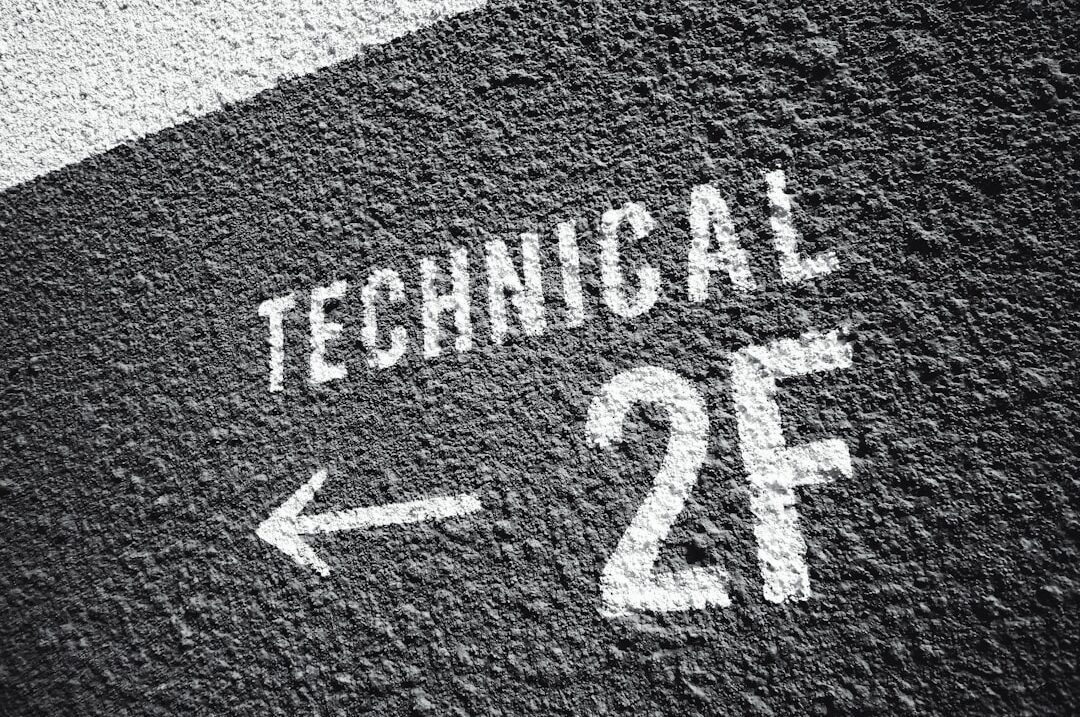Embedded Systems Engineer Interview Questions 2025: Your Ultimate Guide to Success with Huru.ai


Practice unlimited mock interviews for Embedded Systems Engineer roles on Huru.ai. Get instant, AI-powered feedback on your answers, communication, and technical skills—completely free. Start practicing now and walk into your next interview with confidence!

Interview Landscape 2025: Why Embedded Systems Engineers Are in High Demand
From autonomous vehicles to smart home devices, embedded systems are the invisible force powering today’s innovations. As we move into 2025, organizations in automotive, IoT, aerospace, and robotics are aggressively hiring Embedded Systems Engineers who can bridge hardware and software, optimize for real-time performance, and deliver robust, secure solutions. The pressure to stand out in interviews has never been higher—but with the right preparation, you can become the candidate every company wants to hire.
Core Technical Pillars: Navigating Essential Interview Questions
Embedded Systems Engineer interviews probe deeply into both hardware and software realms. Expect targeted questions such as:
- Explain the difference between a microcontroller and a microprocessor.
- How do you manage memory in a resource-constrained system?
- What strategies do you use for real-time operating system (RTOS) scheduling?
- Describe how you debug hardware-software integration issues.
- Explain various communication protocols (I2C, SPI, UART, CAN) and their use cases.
- How do you ensure security in an embedded environment?
- Give an example of optimizing code for power or performance.
- Detail your experience working with interrupts and ISRs (Interrupt Service Routines).
Mastering these questions requires more than textbook knowledge—you must demonstrate hands-on expertise and the ability to communicate complex concepts simply. Huru.ai enables you to practice with unlimited, tailored mock interviews, ensuring you can articulate your understanding confidently. Explore DevOps interview guides for more system-level insights.
Debugging & Optimization: Real-World Scenarios You Must Master
Employers are searching for engineers who can solve problems under pressure. Interviewers often present real-world scenarios such as:
- Diagnosing intermittent faults in a sensor network
- Reducing boot times or memory usage in a critical application
- Debugging communication failures between hardware modules
- Improving data throughput without sacrificing reliability
Be ready to discuss your step-by-step approach, tools used (e.g., oscilloscopes, logic analyzers, JTAG), and decision-making under uncertainty. Tip: With Huru.ai’s instant feedback, you can simulate these scenarios and hone your critical thinking skills before the real interview.
💡 Key Takeaway
Employers value structured, logical approaches to debugging and optimization. Practice articulating your thought process as much as your technical solution!
Want to explore adjacent fields? Check out our Site Reliability Engineer interview questions for more deep-dive scenarios.
Behavioral & Project Experience: The Soft Skills That Set You Apart
Technical knowledge is just one side of the coin. Top companies want Embedded Systems Engineers who can:
- Communicate clearly across hardware and software teams
- Demonstrate conflict resolution and collaboration skills
- Present complex system designs to non-technical stakeholders
- Document and share best practices
- Manage projects and adapt to rapidly changing requirements
Interviewers may ask:
- “Describe a time when you had to debug a complex issue involving both hardware and software. How did you approach it?”
- “Tell me about a project where you had to balance trade-offs between cost, performance, and reliability.”
- “How do you keep your technical knowledge up-to-date?”
You can rehearse these behavioral questions using Huru.ai’s tailored feedback to ensure you portray confidence and professionalism. Explore more about Systems Engineering interviews and the importance of cross-disciplinary skills.
Emerging Trends for 2025: What’s New in Embedded Systems Interviews?
Companies in 2025 expect Embedded Systems Engineers to be aware of, and sometimes hands-on with, the following trends:
- Security-first Design: Knowledge of secure boot, firmware encryption, and secure communication protocols.
- AI/ML at the Edge: Implementing and optimizing AI models in embedded hardware for real-time inference.
- Automotive Standards: Familiarity with ISO 26262 (functional safety), AUTOSAR, and vehicle connectivity protocols.
- IoT Scalability: Designing systems for rapid updates, over-the-air provisioning, and cloud integration.
- Modern Toolchains: Experience with CI/CD pipelines, containerization (e.g., Docker), and automated testing in embedded workflows.
Showcase your passion for learning and adaptability by referencing recent projects, online courses, or contributions to open-source.
Explore Data Engineering interview questions for cross-domain trends.
Q&A: Embedded Systems Interview Questions & Answers (2025)
| Question | Model Answer (2025) |
|---|---|
| What is RTOS and why is it critical in embedded systems? | A Real-Time Operating System (RTOS) ensures deterministic task scheduling, making it vital for applications requiring precise timing, like automotive or industrial control. It manages tasks, resources, and interrupts efficiently to guarantee deadlines are met. I’ve implemented FreeRTOS and Zephyr in safety-critical projects. |
| How do you prevent memory leaks in embedded applications? | By using static memory allocation where possible, regularly checking pointer validity, and leveraging tools like Valgrind or built-in MCU debuggers to monitor usage. Additionally, code reviews and static analysis are crucial in catching subtle leaks early. |
| Describe your experience with hardware-software integration and debugging. | I use a systematic approach: isolating modules, using test harnesses, and leveraging oscilloscopes and logic analyzers to pinpoint faults. Collaboration with hardware teams and maintaining clear documentation also speeds up resolutions. |
| How would you secure firmware updates in an IoT device? | By implementing secure boot, cryptographic signatures, and encrypted communication channels. I always reference industry standards (like NIST) and perform regular vulnerability assessments to protect against threats. |
Huru.ai’s question bank is updated regularly to reflect the latest interviewer expectations. Practice answering these and receive detailed, actionable feedback to improve your performance.
Interactive Practice: Video Guide for Embedded Systems Interviews 🎥
Visual learning can be a game changer. Watch this expert-led walkthrough of the most important Embedded Systems Engineer interview questions and answers for 2025 below:
Combine this with Huru.ai’s Software Engineer interview modules for a comprehensive prep experience.
💡 Final Takeaway
Success in Embedded Systems Engineer interviews comes from mastering both the fundamentals and the emerging trends. With Huru.ai, you gain a competitive edge—practice unlimited, receive actionable feedback, and enter every interview with confidence and clarity.
About the Author
Elias Oconnor is a senior content strategist and technical writer at Huru.ai. With a passion for empowering job seekers in the tech industry, Elias brings deep expertise in embedded systems, AI interviewing, and career development. When not crafting definitive guides, he enjoys tinkering with IoT devices and mentoring aspiring engineers.


 Jul 05,2024
Jul 05,2024  By Elias Oconnor
By Elias Oconnor